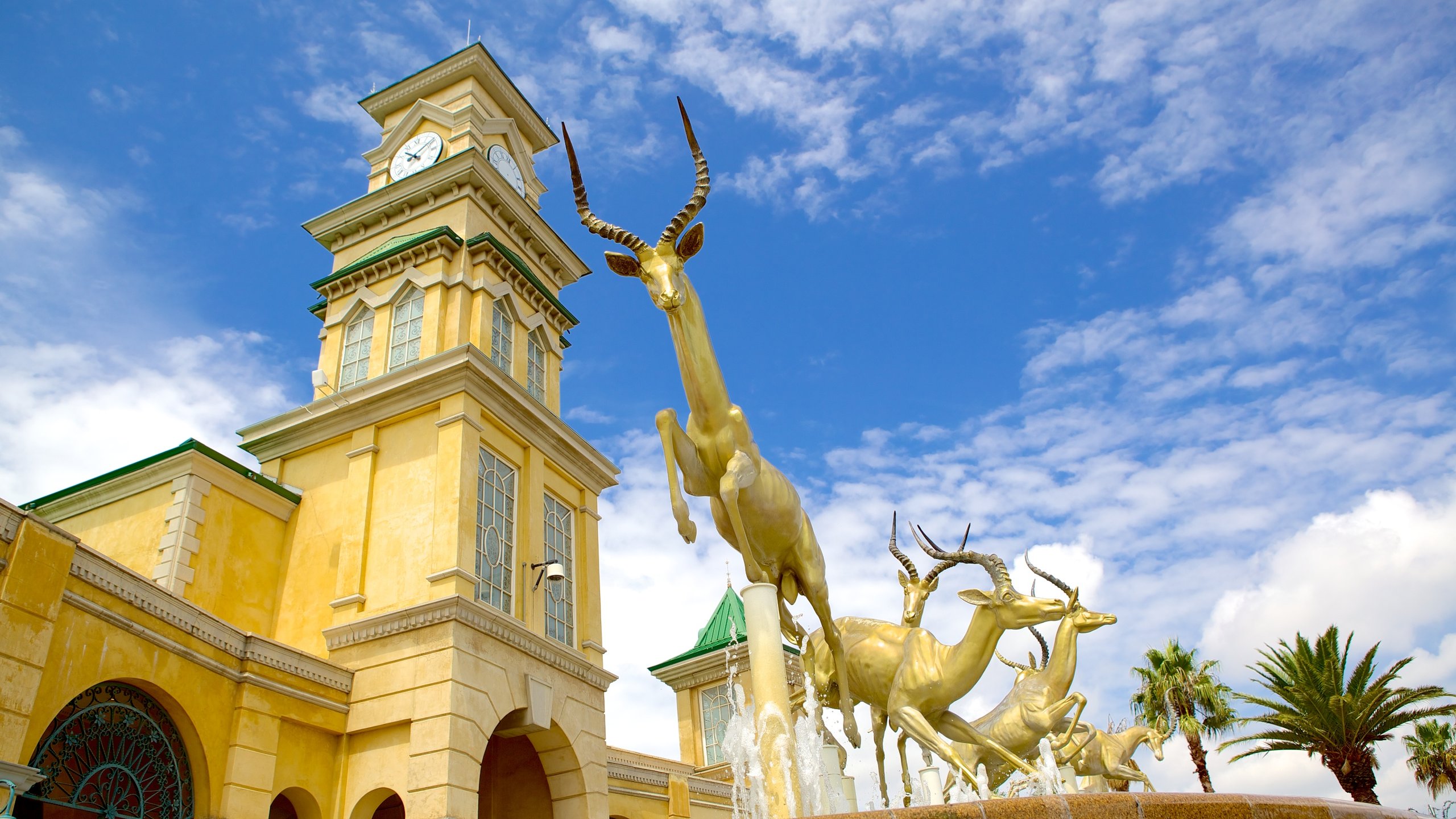Some Ideas on Johannesburg North Attractions You Should Know
Table of ContentsAn Unbiased View of Johannesburg North AttractionsSome Of Johannesburg North AttractionsNot known Details About Johannesburg North Attractions Some Known Questions About Johannesburg North Attractions.Our Johannesburg North Attractions StatementsThe Of Johannesburg North Attractions
The city grew on the side of the Witwatersrand Key Reef, a below ground stratum of gold-bearing quartz-silica empire that arcs for hundreds of miles beneath the Highveld - Johannesburg North attractions. Many of the gold mines in the city ceased operation in the 1970s, but in its day the Witwatersrand gold industry accounted for more than 40 percent of the world's yearly gold production.Johannesburg has a warm environment. Summertime temperatures average concerning 75 F (24 C); winter season temperature levels balance concerning 55 F (13 C) and just occasionally dip below freezing. The city takes pleasure in about eight hours of sunshine per day in both winter season and summertime. Rainfall averages concerning 28 inches (700 millimetres) per year, yet the complete varies considerably from year to year.
What rainfall the city receives falls practically specifically in the summer season, typically in incredible late-afternoon electric tornados. Air pollution presents a substantial issue, especially in the winter months, when thermal inversions impede the westward circulation of air from the Indian Sea. Pollution is most severe in the densely resolved Black towns on the city's perimeter, where several locals still depend on coal for gas.

Some Known Details About Johannesburg North Attractions
The equilibrium of the city is inhabited by whites. Accommodation varies in character and top quality. Soweto is well-known for its countless rows of municipally constructed, two-room matchbox homes, yet it also has a few thriving enclaves in addition to bursting squatter camps, where tens of thousands live without water, electrical power, or hygiene centers.
Physical development, although rather restricted by transport, proceeded promptly as immigration to South Africa, and Johannesburg in certain, boosted substantially.
Many poor suburban areas were combined, with bad blacks and whites cohabiting, although the affluent suburbs were normally booked for whites. This altered with the election of the National Celebration in the 1948 political elections, that began to formalise the system called racism. Racism officially designated which suburban areas each race might live in under the Team Areas Act.
The previous system of eleven numbered regions was reorganised in 2006. Marshalltown, as seen from the top of the Carlton Centre. The M1 and M2 run behind the structures, and the southerly suburban areas click site prolong past the highway limit. The internal city of Johannesburg is situated within the city's Area F. The estimated population of the region is 200,000, [] however the variety of people staying in the internal city on an informal basis is unidentified, as lots of are illegal immigrants. Most higher-income homeowners and white people have relocated to the northern suburbs and have actually been replaced by lower-income black individuals. The unemployment, education and learning, and click here for more info age profiles of the location are all unidentified, because of the problem of obtaining trusted info about the location.
Some Known Facts About Johannesburg North Attractions.
Centred on the CBD, the area includes the residential areas of Yeoville, Bellevue, Troyeville, Jeppestown, and Berea to the east. To the west it spreads to Pageview (Johannesburg North attractions) and Fordsburg. There are small commercial locations to the south, such as City West-Denver and Benrose. Around 800,000 commuters travel through the central city each day, and it works as a local shopping node for site visitors from the southerly suburbs. Yeoville and Bellevue have a mix of home structures and single domestic systems on tiny great deals. The area is situated on a mountainous divide that runs from east to west. One of the most conspicuous geographical function is Observatory Ridge, which is called for the big observatory located on it. The leisure areas moved here are no more utilized, due to safety troubles.

Johannesburg Stadium, a training ground for both the Golden Lions and Orlando Pirates, is surrounding. The eastern suburban areas of Johannesburg are located in the city's 7th [] and 9th [] regions. The location is also functionally integrated with East Rand boundary communities outside of the main boundary of Johannesburg, such as Bedfordview and Edenvale (both component of Ekurhuleni Metropolitan Town).
Facts About Johannesburg North Attractions Uncovered
The eastern residential areas are some of the earliest areas of Johannesburg, there are large areas of Jewish and other European backgrounds, the majority of the population is English talking. There are three golf training courses as well as a number of safeguarded ridges with viewsites.
Initially constructed to house male migrant employees, several have been enhanced as dwellings for couples and families. The residential area was not traditionally enabled to produce employment centres within the area, so virtually all of its citizens are commuters to other components of the city.
More About Johannesburg North Attractions
The residential locations in the northern suburban areas are primarily formal, with no significant locations of informal housing, or housing that lacks a permanent structure. This is an established location, there is a fad of land use adjustment from property to commercial, specifically along main arterial roadways and around established nodes.
The area is well linked to road networks, particularly along the north-south axis formed by the M1 and N1. Roadways to the eastern and west are less well created, as there are no highways taking a trip in that direction. Towards the northern border of the city, the thickness of growth lowers, leaving huge areas of primitive land around Midrand.
Johannesburg North Attractions - Truths
, which is situated on a hillside ignoring the internal city and Hillbrow.
Comments on “The Johannesburg North Attractions Statements”